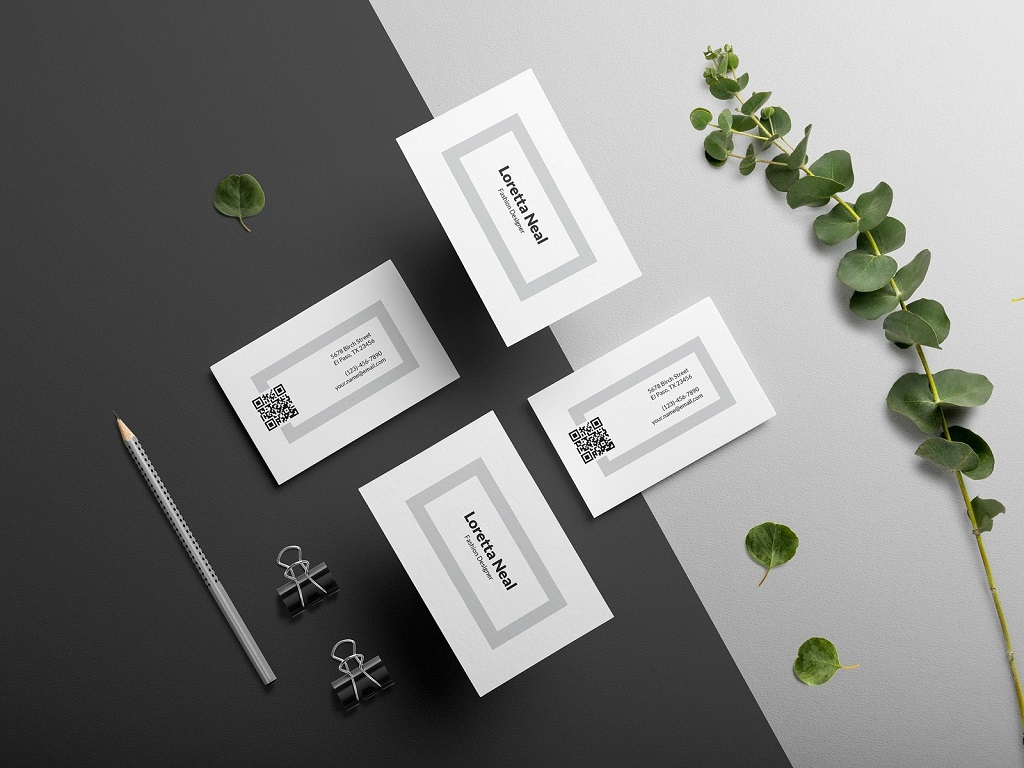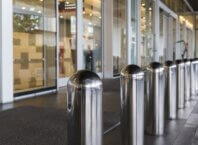
In the world of business, first impressions count. Whether you’re at a conference, a networking event, or simply bump into a potential client on the street, a business card can be a critical tool in creating that all-important first impression. But how did we get here? What is the story behind these small pieces of cardstock, and why do they continue to hold such importance in our digital age? This article will journey through the evolution of business cards and underscore their enduring relevance in today’s business world.
#1. Origin and Evolution of Business Cards
Business cards have a rich and varied history. Their origins can be traced back to 15th century China, where they were used as ‘visiting cards’ to announce a person’s intention to meet with another individual. Over time, these evolved into trade cards in 17th century Europe, which not only served as an introduction but also a promotional tool for businesses. Fast forward to today, and the business card has become an essential networking tool, acting as a physical reminder of a meeting or conversation.
#2. Different Types of Business Cards
Business cards come in various shapes and sizes, each serving a specific purpose. Standard business cards are the most common, providing essential contact information. Then there are networking cards, which are used specifically at networking events. Social business cards typically include social media handles, while personal business cards often showcase personal branding.
#3. The Importance of Business Cards in Business Networking
Business cards can play a critical role in effective networking. They provide a quick, easy way to give potential clients, partners, or employers your contact information. More importantly, a well-designed business card can serve as a physical reminder of you, helping to keep you in the recipient’s mind long after your meeting.
#4. The Role of Business Cards in Establishing Professional Identity
Business cards are much more than just a means of sharing contact information. They are an extension of your professional identity. A well-designed business card can communicate your brand, your values, and what you stand for, making it an invaluable tool in shaping people’s perceptions of you and your business.
#5. Business Cards as a Marketing and Branding Tool
Business cards are a powerful marketing and branding tool. They can be used to promote your products or services, reinforce your brand identity, and even drive traffic to your website or social media profiles. In the hands of a potential customer or client, a business card can serve as a tangible reminder of your business, keeping you at the forefront of their minds.
#6. The Advent of Digital Business Cards
The digital revolution has given rise to new forms of business cards. Digital business cards, which can be shared electronically, offer a more eco-friendly, flexible alternative to traditional business cards. Despite this, physical business cards continue to hold their own, offering a tactile experience that digital cards can’t replicate.
Conclusion
The evolution of business cards is a testament to their enduring importance in the world of business. While their form may have changed over the centuries, their function has remained largely the same: to facilitate networking, foster relationships, and promote businesses. Whether physical or digital, the humble business card remains a powerful tool in any professional’s arsenal. As we navigate through an increasingly digital age, the business card will undoubtedly continue to evolve, but its core purpose will remain unchanged. So, the next time you reach for your stack of business cards, remember, you’re not just handing out a piece of cardstock, you’re sharing a piece of your professional identity.







